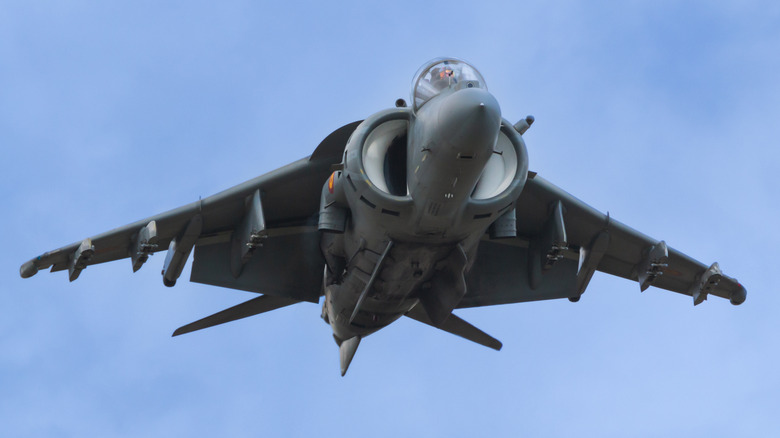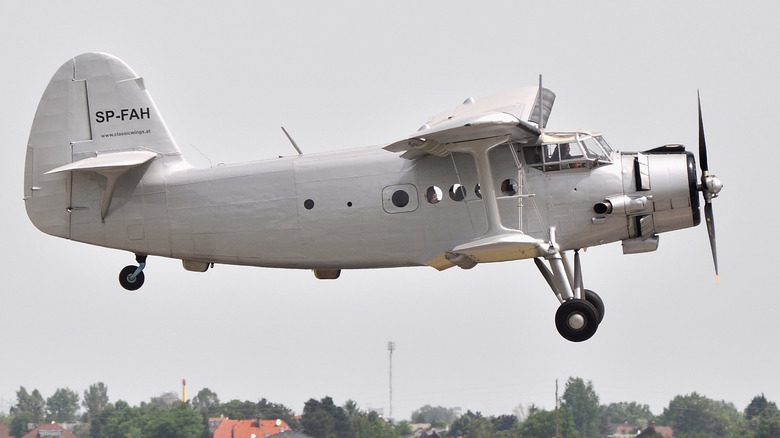Which Fighter Jets Can Fly Backwards?
Jet fighters are built to pull off some of the most amazing maneuvers in the sky, like flipping, rolling, and turning on a dime at incredible speeds. Their engines are powerful enough to break the sound barrier, and their agility makes them seem almost weightless in the air. But one move in particular stands out as especially surprising: flying in reverse.
The legendary AV-8B Harrier jump jet can move, or essentially fly backwards, thanks to its engine's powerful exhaust streams, which can be directed and adjusted in mid-flight. This allows the Harrier to perform Vertical Takeoff and Landing, or VTOL, meaning it can lift off and touch down vertically without needing a runway. Because of this capability, the Harrier can not only move backward, it can hover in place, stop in mid-air, and land vertically like a helicopter. But unlike a helicopter, it also has the flexibility to take off and land like a conventional airplane.
The Lockheed Martin F-35 Lightning II, which was built to replace the older Harrier jets, can also move in reverse and in 2018, a Royal Air Force test pilot actually performed a backwards landing with an F-35B. The maneuver took place on the Queen Elizabeth aircraft carrier and was meant to illustrate another landing option in case of an emergency. Much like the Harrier, the Lightning can also hover in place, using 40,000 pounds of thrust to hold its position in mid-air.
Not all reverse flight works the same way
Unlike fighter jets that can truly hover and move in reverse under full control, the F-22 Raptor only appears to defy gravity, but in a different way. In the middle of a sharp, twisting maneuver, the jet can briefly drift tail-first through the air before swinging back around into forward flight. This short moment is made possible by the F‑22's engine nozzles, which can shift the direction of thrust to help the jet turn even when it's nearly out of lift.
Another example of a fixed-wing aircraft that can move backwards is the Antonov An-2, a slow-moving biplane not designed for combat. The An-2 has large wings and specialized control surfaces, allowing it to fly at speeds so slow that it can, with a strong headwind, stay nearly still or drift backward through the air. This makes it useful for operations like parachute training or flying in tight spaces, where maneuverability at low speed is key.
When it comes to types of aircraft that aren't fixed-wing, the CV-22 Osprey is a tiltrotor that can fly backward by tilting its rotors beyond vertical. Of course, helicopters can fly backwards, sideways, and even hover in place. This is possible because their main rotor blades continuously rotate, generating airflow that produces lift at all times. While fighter jets need to reach a certain forward speed to generate lift and get airborne, helicopters rely on their spinning rotors to stay airborne regardless of speed or direction.

